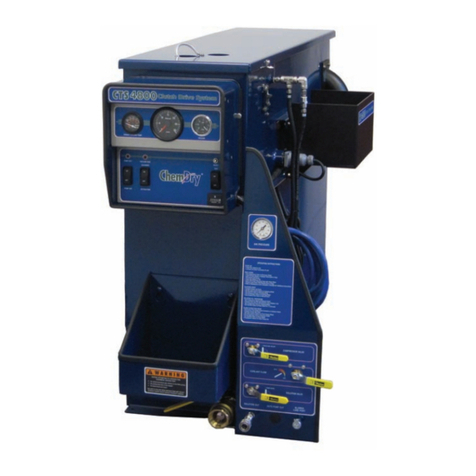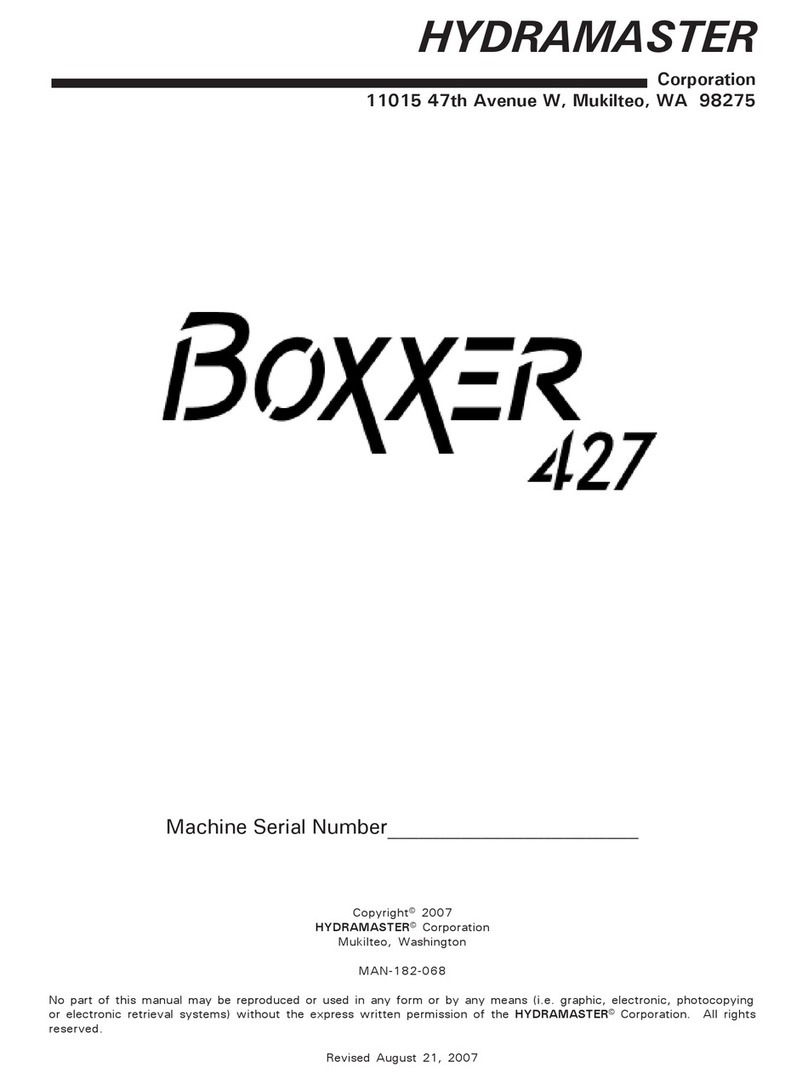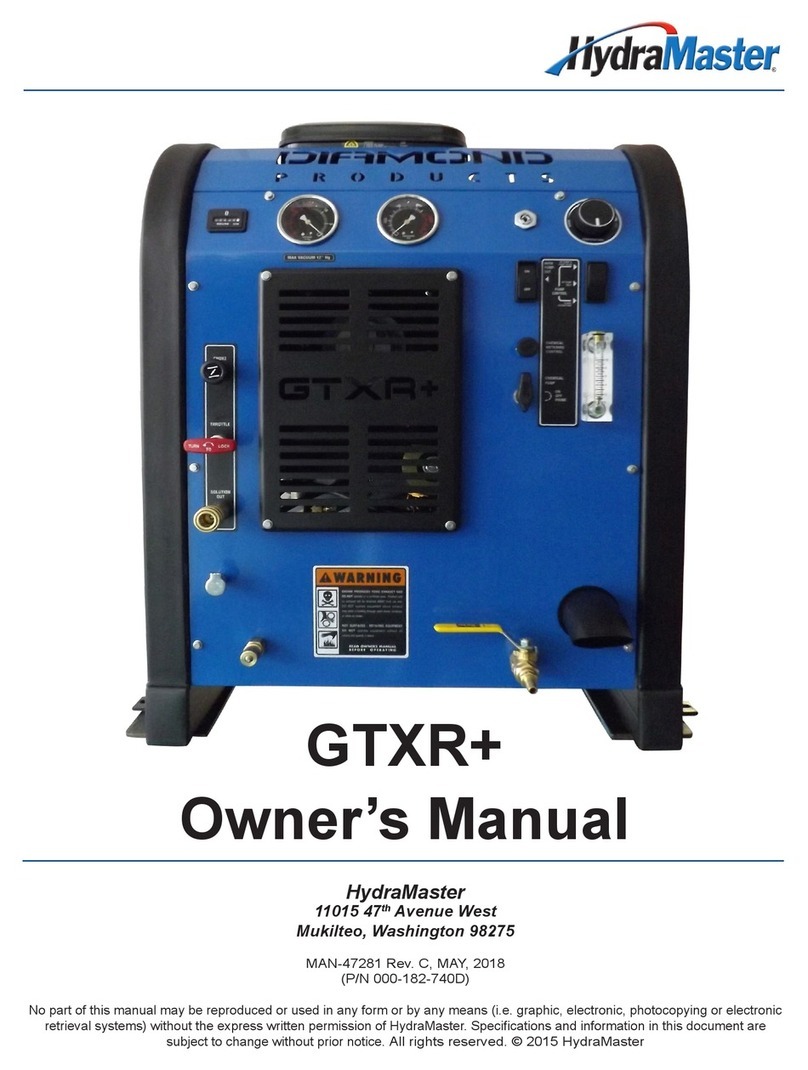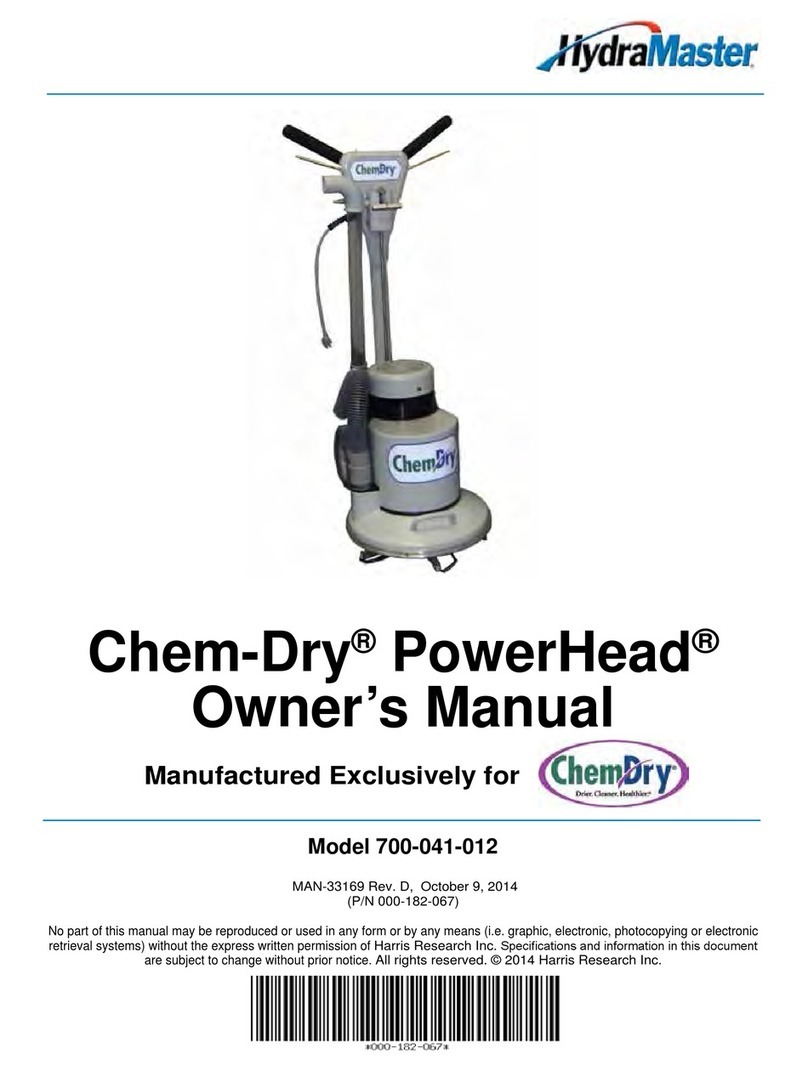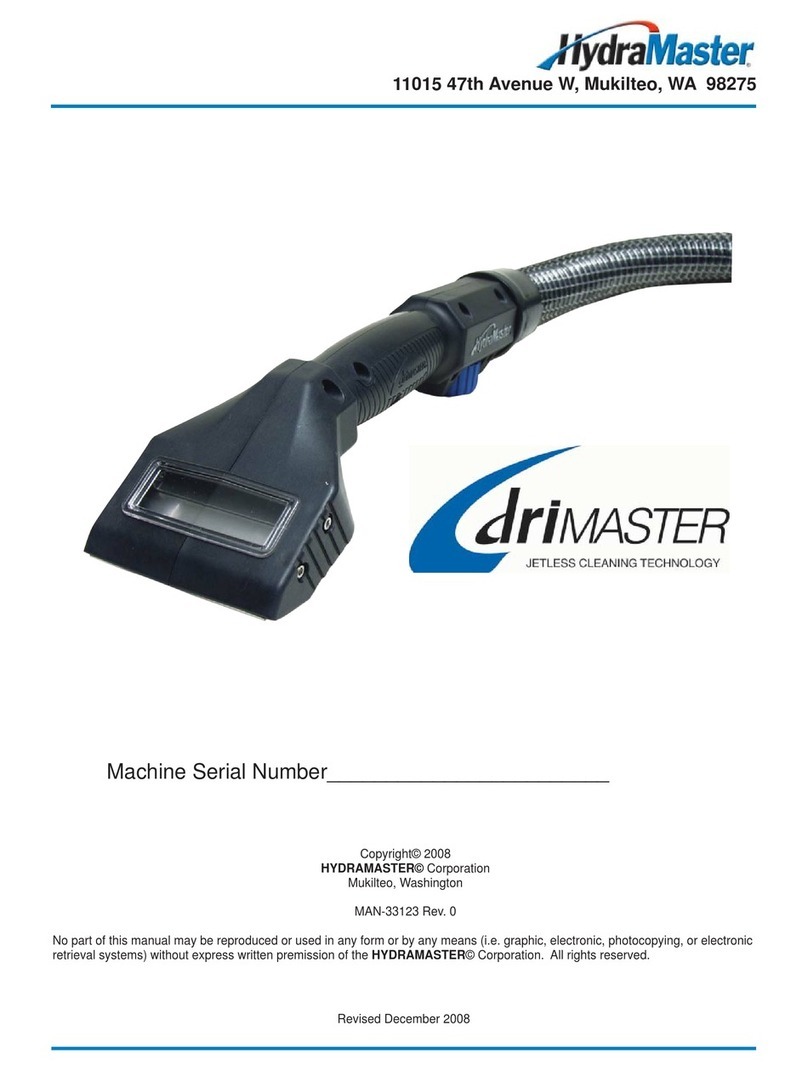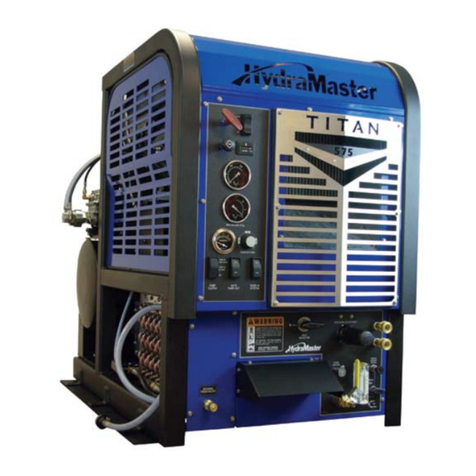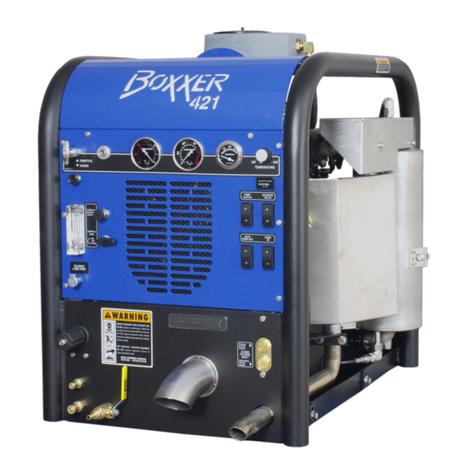
iv - Titan Owner’s Manual
MACHINE MAINTENANCE.......................................................................... Section 4
Fig. 4-1 Recirculation Fitting .............................................................. 4-2
WATER AND CHEMICAL SYSTEM ............................................................. Section 5
Fig. 5-1 Water Flow Diagram (Sheet 1) ............................................. 5-3
Fig. 5-2 Water Flow Diagram (Sheet 2) ............................................. 5-4
Fig. 5-3 Water Flow Diagram (Sheet 3) ............................................. 5-5
ELECTRICAL SYSTEM ............................................................................... Section 6
Fig. 6-1 Electrical Schematic ............................................................. 6-3
Fig. 6-2 Wiring Diagram (Sheet 2)..................................................... 6-4
Fig. 6-3 Wiring Diagram (Sheet 3)..................................................... 6-5
Fig. 6-4 Wiring Diagram (Sheet 4)..................................................... 6-6
MACHINE ASSEMBLIES AND PARTS LIST ................................................ Section 8
Fig. 8-1 Machine Assembly - Front Left View ..................................... 8-3
Fig. 8-2 Machine Assembly - Front Right View ................................... 8-4
Fig. 8-3 Machine Assembly - Back Right View ................................... 8-5
Fig. 8-4 Machine Assembly - Back Left View ..................................... 8-6
Fig. 8-5 Frame Assembly - Front Right View ...................................... 8-8
Fig. 8-6 Frame Assembly - Front Left View ........................................ 8-9
Fig. 8-7 Frame Assembly - Back Right View ...................................... 8-10
Fig. 8-8 Engine Assembly - Front View .............................................. 8-12
Fig. 8-9 Engine Assembly - Back Right View ..................................... 8-13
Fig. 8-10 Engine Assembly - Back Left View ..................................... 8-14
Fig. 8-11 Engine Assembly - Back Left View - Detail ......................... 8-15
Fig. 8-12 Solenoid Assembly View .................................................... 8-18
Fig. 8-13 Idler Pulley Tensioner Assembly .......................................... 8-20
Fig. 8-14 Blower Assembly - Front View ............................................ 8-22
Fig. 8-15 Blower Assembly - Back View ............................................ 8-23
Fig. 8-16 Air Actuator Assembly......................................................... 8-25
Fig. 8-17 Pump & Silencer Assembly ................................................ 8-27
Fig. 8-18 Pump Assembly - Back View .............................................. 8-29
Fig. 8-19 Pump Assembly - Front View .............................................. 8-30
Fig. 8-20 Exhaust Assembly .............................................................. 8-32
Fig. 8-21 Blower Heat Exchanger Assembly ...................................... 8-34
Fig. 8-22 Coolant Heat Exchanger Assembly..................................... 8-36
Fig. 8-23 Panel, Lower Instrument Assembly - Front View .................. 8-38
Fig. 8-24 Panel, Lower Instrument Assembly - Back Left View ........... 8-39
List of Figures
